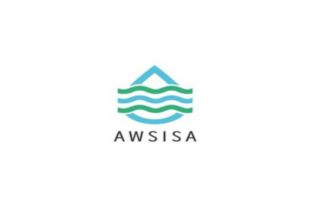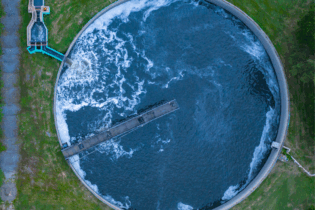
Today is World Water Day. This year, the globally celebrated day is based on the theme of wastewater in an effort to draw closer attention to reducing and reusing wastewater, recognising that safely managed wastewater provides an affordable and sustainable source of water and in some cases energy.
The Department of Water and Sanitation (DWS) has also dedicated the entire week (17-23 March), to National Water Week, to reiterate the value of water and the need for its sustainable management, especially in light of the country’s ongoing drought.
African water and wastewater solutions company Talbot & Talbot believe sustainable water solutions are possible through improved water management.
The company said the design, construction and operation of its water and wastewater treatment plants help facilitate these sustainable solutions.
SA has made progress, but it’s not enough
The South African Health Review 2016 highlights the country’s significant progress regarding access to water for all, with virtually all urban households and most rural households having access to piped water. However water remains an alarmingly limited resource.
Talbot & Talbot said that increasing populations and a growing industry place pressure on catchments in South Africa that can’t keep up with the demand.
“The catchments in KwaZulu-Natal, Western Cape, Gauteng and Nelson Mandela Bay are highly stressed,” the company said. “Despite planned strategic initiatives by the DWS, water supply deficits are projected.”
It added that further challenges for the country include the large proportion of the population that is already vulnerable to waterborne diseases due to a lack of water services or intermittent access to water.
Local and global input is needed
Talbot & Talbot said that beyond the African experience, it is evident that on a global scale a clear strategy and action plan is required to address the growing water concern.
The Sustainable Development Goals (SDGs), a UN-initiative launched in 2015 recognises the crucial role clean, safe water plays in eradicating extreme poverty, improving food security, livelihood choices and educational opportunities. It includes ensuring access to water and sanitation for all as a key goal to reach by 2030 and places specific emphasis on improved wastewater management.
The United Nations’ flagship report on water, the World Water Development Report (WWDR), is published each year with a renewed focus and strategy on a particular water issue. The 2017 report, “Wastewater: The untapped resource” will be launched in Durban today and is at the core of World Water Day’s theme.
Wastewater: the unsung hero
In the face of growing concerns regarding climate change, the need to meet the escalating demand and efforts towards reaching the SDGs, requires innovative approaches to wastewater management and water recovery.
Managing director of Talbot & Talbot Carl Haycock said: “Treated wastewater may be a key strategy to meet the water needs on the African continent and can also help to address parallel challenges of food production and industrial development.”
The company added said augmentation strategies developed for the catchments in South Africa include, but are not limited to, the treatment and reuse of wastewater, which is critical to contributing to the drive to provide sufficient water for population growth and industrial demands.
Studies indicate that industrial water use accounts for approximately 8% of total water usage in South Africa. It has been projected that in rapidly industrialising countries current populations could increase five times over the next 10 to 20 years.
Talbot & Talbot said water demand can be reduced, which could consequently reduce the impact on catchments, through the treatment and recycling of wastewater using various technologies (some of which results in the production of biogas energy as a by-product).
The company also indicated that industrial wastewater recovery can reach between 60% and 85% of total wastewater discharged, depending on the quality of the effluent received for reuse and the optimisation protocols applied in operation.
“The water reuse by industries within their processes improves water availability in the catchment which ultimately supports social and economic development, driving the SDGs,” Talbot & Talbot said.
Although South Africa has nearly 1,000 municipal wastewater treatment facilities in operation, it is estimated that only 26% of sewage is adequately treated before being discharged into rivers.
“The operation of municipal wastewater treatment plants also requires a high skill level,” the company said.
Wastewater as the core focus
Industry insiders believe that societal and environmental pressures on industrial sectors to reduce wastewater and treat it appropriately before discharging it, is likely to grow over the coming years.
In support of National Water Week, Talbot & Talbot has shared some basic guidelines for industry consideration to manage wastewater and improve water efficiencies:
- Start by unpacking your water footprint by identifying your current water intake, usage and discharge. This is critical in the process to identify potential opportunities for water efficiencies, savings and reuse.
- Identify opportunities to reduce your water use in your process and use wastewater in your business itself or between several businesses to form a viable symbiotic relationship.
- Treated wastewater can be used back in the process, for cooling and/or heating and rainwater from roof collection can be used for flushing of toilets or irrigation.
“Through the collaborative effort of government, society and industry we can make a substantial contribution towards reaching the SDGs and ensure we preserve and protect a most precious resource,” Talbot & Talbot said.









